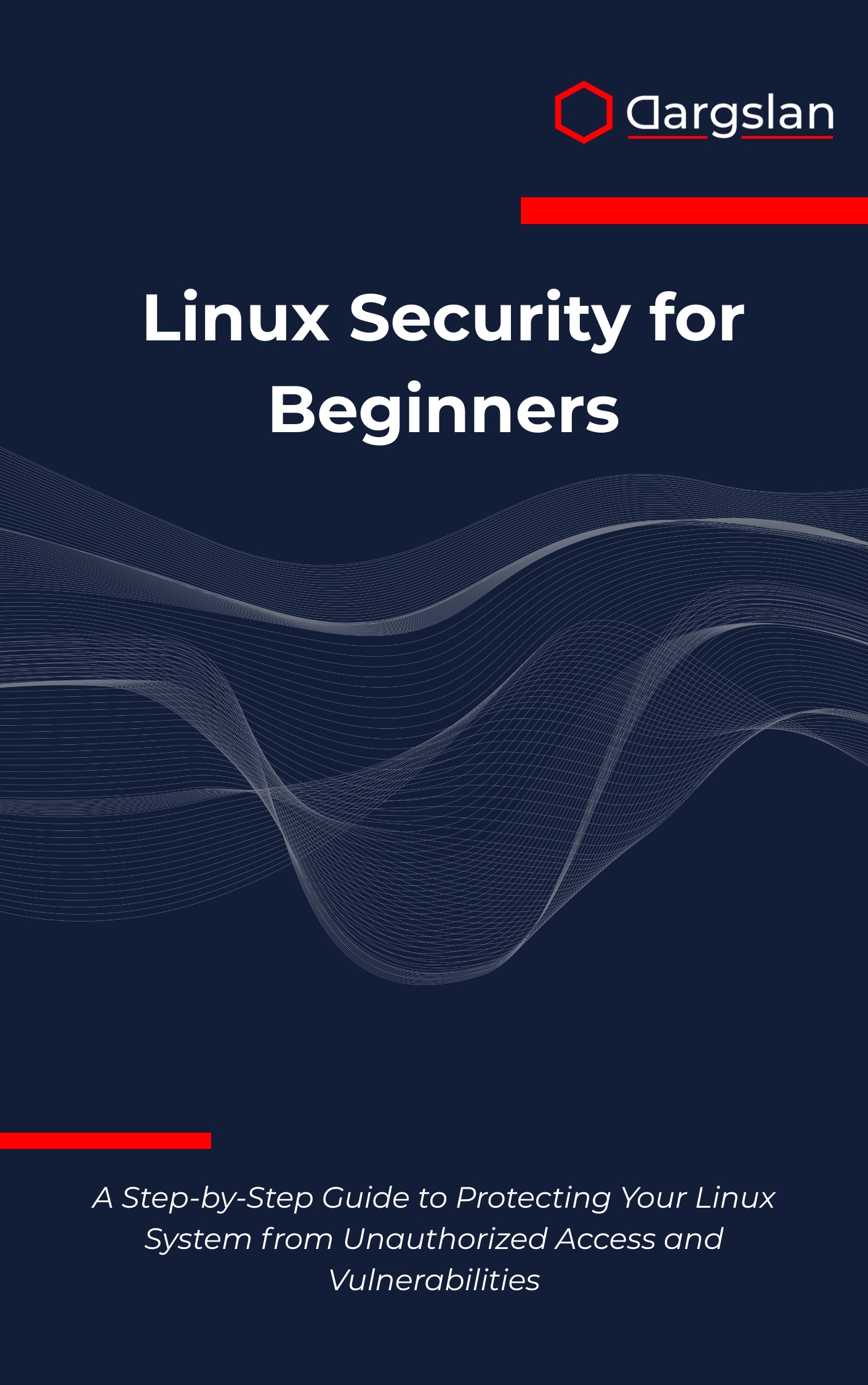Linux Security for Beginners
Linux Security for Beginners,Learn Linux security basics to protect your system from unauthorized access and threats.

A Step-by-Step Guide to Protecting Your Linux System from Unauthorized Access and Vulnerabilities
Overview
Linux Security for Beginners is the essential IT book for anyone who wants to protect Linux environments with confidence. As a programming guide and technical book written for newcomers, it delivers A Step-by-Step Guide to Protecting Your Linux System from Unauthorized Access and Vulnerabilities while remaining immediately useful to power users and admins across Ubuntu, CentOS, Red Hat Enterprise Linux, and SUSE. You’ll learn the complete Linux security model through practical workflows that cover user and group management, file permissions and ACLs, SSH configuration and hardening, firewall configuration, system service management, sudo configuration, system monitoring and auditing, logging and log analysis, backup and recovery strategies, security hardening techniques, and threat identification and mitigation—everything you need to build a resilient system from the ground up.
Who This Book Is For
- New Linux users and hobbyists who want a clear, beginner-friendly path to lock down desktops and home servers. You’ll move from basic concepts to hands-on hardening with confidence, without getting lost in jargon or assumptions.
- Sysadmins, DevOps engineers, and IT generalists seeking a straightforward roadmap to implement best practices quickly. Expect actionable security checklists and standard operating procedures you can apply to workstations, VMs, and cloud instances.
- Students and career changers preparing for technical interviews or entry-level security roles. Use the practical labs, step-by-step exercises, and reference appendices to build a portfolio of demonstrable skills and accelerate your transition into Linux security.
Key Lessons and Takeaways
- Master the fundamentals of access control by structuring user and group management the right way from day one. Learn when to use primary and supplementary groups, how to design roles, and how to layer file permissions and ACLs for least privilege.
- Harden remote access and network exposure with production-ready SSH configuration and hardening techniques. Implement key-based authentication, disable risky defaults like root login, and pair it with firewall configuration using tools such as ufw, firewalld, or nftables.
- Build continuous visibility with system monitoring and auditing so you can detect and respond to issues faster. Leverage logging and log analysis strategies, automate alerts, and create an incident-ready backup and recovery plan you’ve actually tested.
Why You’ll Love This Book
This guide turns complex topics into a clear, repeatable process backed by real-world examples. Each chapter is hands-on and tool-focused, with step-by-step instructions and practical exercises that translate directly to home labs and production systems. You’ll finish with a durable security skill set—not just theory—that scales from a single laptop to enterprise infrastructure.
How to Get the Most Out of It
- Follow the recommended progression: start with the Linux security model, then move into user and group management, sudo configuration, and file permissions and ACLs before tackling SSH configuration and hardening. Save services, firewall configuration, and auditing for after you’ve nailed the fundamentals.
- Apply each concept to a real machine right away—ideally a disposable VM or test container. Document your changes, compare behavior before and after, and build your own baseline checklist so you can repeat secure setups quickly in new environments.
- Complete the mini-projects at the end of key chapters: lock down a new user workflow with least privilege, create a hardened SSH profile with MFA or agent policies, design firewall rules per host role, enable auditing and alerting, and perform a full backup and recovery drill.
Get Your Copy
Turn uncertainty into a solid, repeatable security practice that protects your data, your systems, and your peace of mind. If you’re ready to master Linux hardening—from threat identification and mitigation to logging and recovery—this guide gives you the roadmap and the tools.




